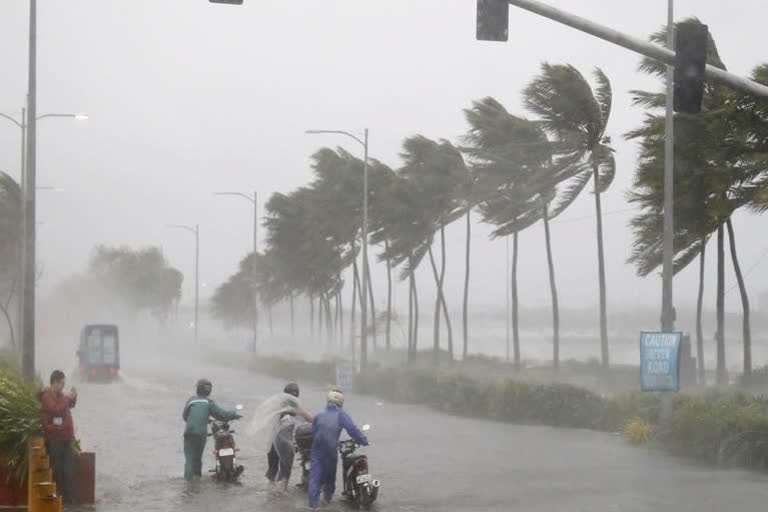Hyderabad: The intensity of calamities due to global warming has always been crippling humanity. The seasons are changing their cycle, as a result, untimely famine and floods are on the rise. Nature's fury is troubling all nations without discrimination. As far as India is concerned, the first comprehensive report on climate change is unveiling the catastrophic events over the next 80 years.
In fact, the Indian Agricultural Research Council (ICAR) study in 20 per cent of the country's districts over the past year and a half evaluates the impact of climate change on irrigation. It mirrors the effect of climatic change on crops, gardens and livestock in over 150 districts.
Many international reports over the past 10 years have included estimates of losses to be incurred to India along with other countries. The latest exercise, which takes a deeper look at domestic geographical conditions, predicts an increase in average temperature up to 4.4 degrees Celsius by the year 2100. By then, the intensity of heatwaves would increase by three to fourfold, and the forecast of the increased onslaught of thunderstorms rising the sea level by thirty centimetres is frightening.
The news six years ago that within a period of four decades, the Himalayas have lost 13 per cent of glacier ripples, created panic on the effect of this change on climate.
If immediate steps are not taken to stop harming the environment, the country will face immense destruction which must prompt the central and state governments for concerted combined action.
With the excessive release of carbon emissions and the resultant global warming, melting of glaciers and rise in the sea level will result in many problems -- towns and cities in all sea coasts will submerge, the disturbed climatic cycle will result in floods and famines and will affect crops and total human life will be at danger!
As per the government statistics, the Indian sub-continents 4 crore hectares land is at the risk of flooding and 68 per cent area is drought-prone.
The United Nations report made it clear just three months ago that the reckless damage done to climatic equilibrium for decades will affect 100 per cent of paddy cultivation, about 90 per cent of maize and 80 per cent of soybean cultivation.
Experts warn that banana production in India will decline due to climate change. Several reports and analyses explain how the unabated deforestation and concretization is resulting in abnormal climatic changes in the Himalayas, including Northeast, Western Ghats and flora and fauna.
The World Bank has warned last year itself that if India does not take corrective steps, by 2050 it will be in a precarious condition of importing food grains from overseas.
As climate change proves that even grasshoppers can throw a challenge to governments, any negligence on the part of the ruling elite will only exacerbate the troubles.
Increasing forest cover for land temperature control; positive reforms in energy conservation, land use, transportation, construction and industrial sectors; changes in the cropping pattern should be an integral part of the agenda of governments.
If the ruling classes do not awake in a timely manner, the natural calamities will play havoc with our lives!
Also read: Don't be afraid, come out of hiding and tell truth to nation: Rahul to PM on Ladakh face off



